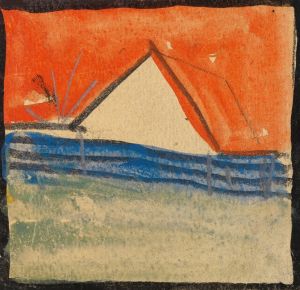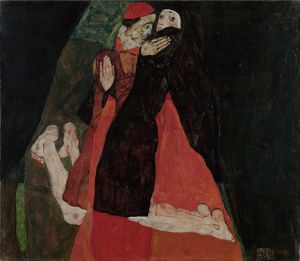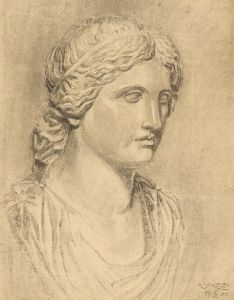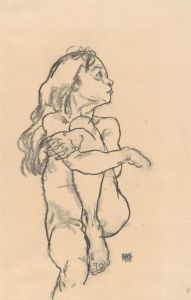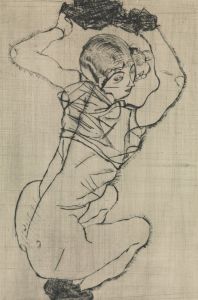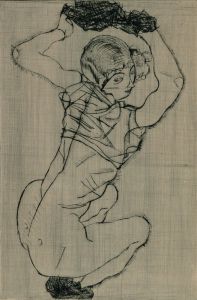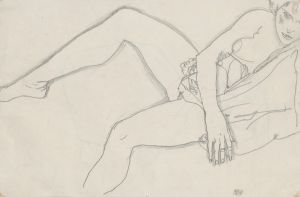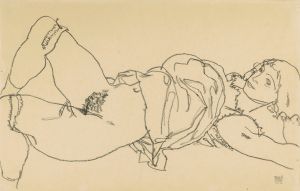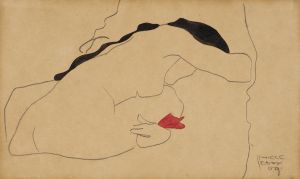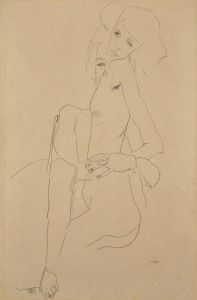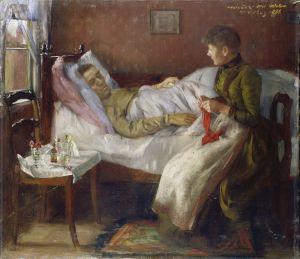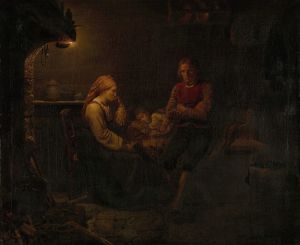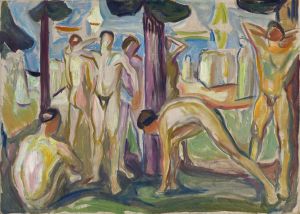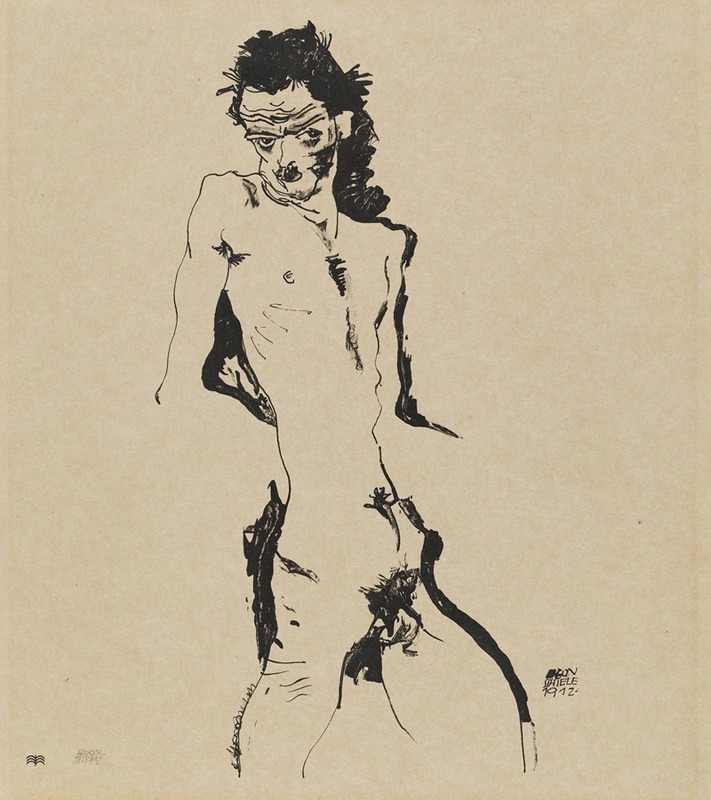
Male nude
A hand-painted replica of Egon Schiele’s masterpiece Male nude, meticulously crafted by professional artists to capture the true essence of the original. Each piece is created with museum-quality canvas and rare mineral pigments, carefully painted by experienced artists with delicate brushstrokes and rich, layered colors to perfectly recreate the texture of the original artwork. Unlike machine-printed reproductions, this hand-painted version brings the painting to life, infused with the artist’s emotions and skill in every stroke. Whether for personal collection or home decoration, it instantly elevates the artistic atmosphere of any space.
Egon Schiele was an Austrian painter known for his distinctive style and significant contributions to early 20th-century art. One of his notable works is "Male Nude," which exemplifies his unique approach to the human form and his exploration of the human condition. Schiele's work is often characterized by its raw emotional intensity, expressive lines, and bold use of color, and "Male Nude" is no exception.
"Male Nude" is a part of Schiele's broader oeuvre that frequently focused on the human body, often exploring themes of sexuality, vulnerability, and identity. Schiele's nudes are renowned for their unflinching honesty and the way they challenge traditional representations of the human form. Unlike the idealized nudes of classical art, Schiele's figures are often depicted in contorted poses, emphasizing their angularity and the tension within their bodies. This approach reflects Schiele's interest in capturing the psychological and emotional states of his subjects.
The painting "Male Nude" showcases Schiele's characteristic style, with its emphasis on line and form. Schiele often used a limited color palette, focusing instead on the stark contrast between the figure and the background. This technique draws attention to the subject's physicality and the emotional intensity conveyed through their posture and expression. Schiele's use of line is particularly noteworthy; his figures are often outlined with bold, decisive strokes that highlight their contours and create a sense of immediacy and presence.
Schiele's exploration of the male nude was part of a broader trend in early 20th-century art, where artists began to challenge traditional gender roles and representations. By depicting the male body in a manner that was both vulnerable and assertive, Schiele contributed to a redefinition of masculinity in art. His work often blurred the lines between eroticism and introspection, inviting viewers to engage with the complexities of human identity and desire.
Egon Schiele's career was tragically short; he died in 1918 at the age of 28 during the Spanish flu pandemic. Despite his brief life, Schiele left a lasting impact on the art world. His innovative approach to the human figure and his willingness to confront taboo subjects have influenced countless artists and continue to resonate with audiences today.
"Male Nude" is a testament to Schiele's skill as a draftsman and his ability to convey deep emotional truths through his art. The painting remains an important example of early expressionism and a significant work within Schiele's body of work. It reflects his commitment to exploring the complexities of human existence and his belief in the power of art to reveal the unseen aspects of life.





